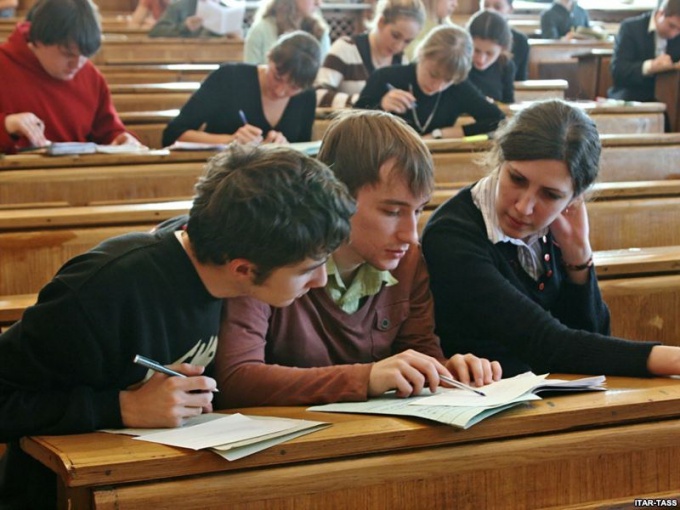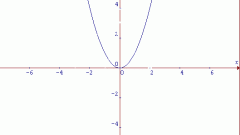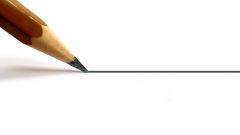Instruction
1
The equation of a plane curve of second order has the form: A∙x^2 + B∙x∙y + C∙y^2 + 2D∙x + 2∙y + F = 0. (1)the coefficients A, B and C are not zero at the same time. If=0, then the whole sense of the problem of reduction to canonical form reduces to parallel transport of the coordinate system. Algebraically - a selection of squares in the original equation.
2
3
Further detailed and cumbersome calculations are omitted. In the new coordinates v0u required to have a coefficient General equation of the conic curve B1=0, which is achieved by choice of the angle φ. Do it on the basis of equality: 2B∙cos2φ=(A-C)∙sin2φ.
4
Further the decision easier to carry out a specific example.Example. To convert to canonical form the equation x^2+x∙y+y^2-3∙x-6y+3=0.Solution. Write down the values of the coefficients of equation (1): A=1, 2B=1, C=1, 2D=-3, 2E=-6, F=3.Find the angle of rotation φ. Here cos2φ=0 and thus sinφ=1/√2, cos=1/√2.Write down the formula of coordinate transformation: x=(1/√2)∙u-(1/√2)∙v, y=(1/√2)∙u+(1/√2)∙v.
5
Substitute the latter into the condition of the problem. Will get: [(1/√2)∙u-(1/√2)∙v]^2+[(1/√2)∙u-(1/√2)∙v]∙[(1/√2)∙u+ (1/√2)∙v]+[(1/√2)∙u+(1/√2)∙v]^2-3∙[(1/√2)u-(1/√2)∙v]-6∙[(1/√2)∙u+(1/√2)∙v]+ +3=0, where 3u^2+v^2-9√2∙u+3√2∙v+6=0.
6
For the parallel transport of the coordinate system u0v, highlight the full squares and получите3(u-3/√2)^2-27/2+(v+3/√2)^2-9/2+6=0. Label X=u-3/√2, Y=v+3/√2. In the new coordinates the equation is 3X^2+Y^2=12 or X^2/(2^2)+Y^2/((2√3)^2). It is an ellipse.


